Eirik Johnson received his M.F.A. from San Francisco Art Institute in 2003. He is currently a visiting faculty at the University of Washington, Cornish College of the Arts and the Photography Center Northwest. Johnson has exhibited his work at spaces including the Museum of Contemporary Photography in Chicago, the Institute of Contemporary Art in Boston, the Aperture Foundation in New York, and the 2010 Fotofest Biennial in Houston, Texas. He has received numerous awards including an Art Matters Grant in 2013, the 2012 Neddy Award, a Massachusetts Cultural Council Fellowship in 2009, the Santa Fe Prize in 2005, and a William J. Fulbright Grant to Peru in 2000. Today we take a look at his series titled, Barrow Cabins.
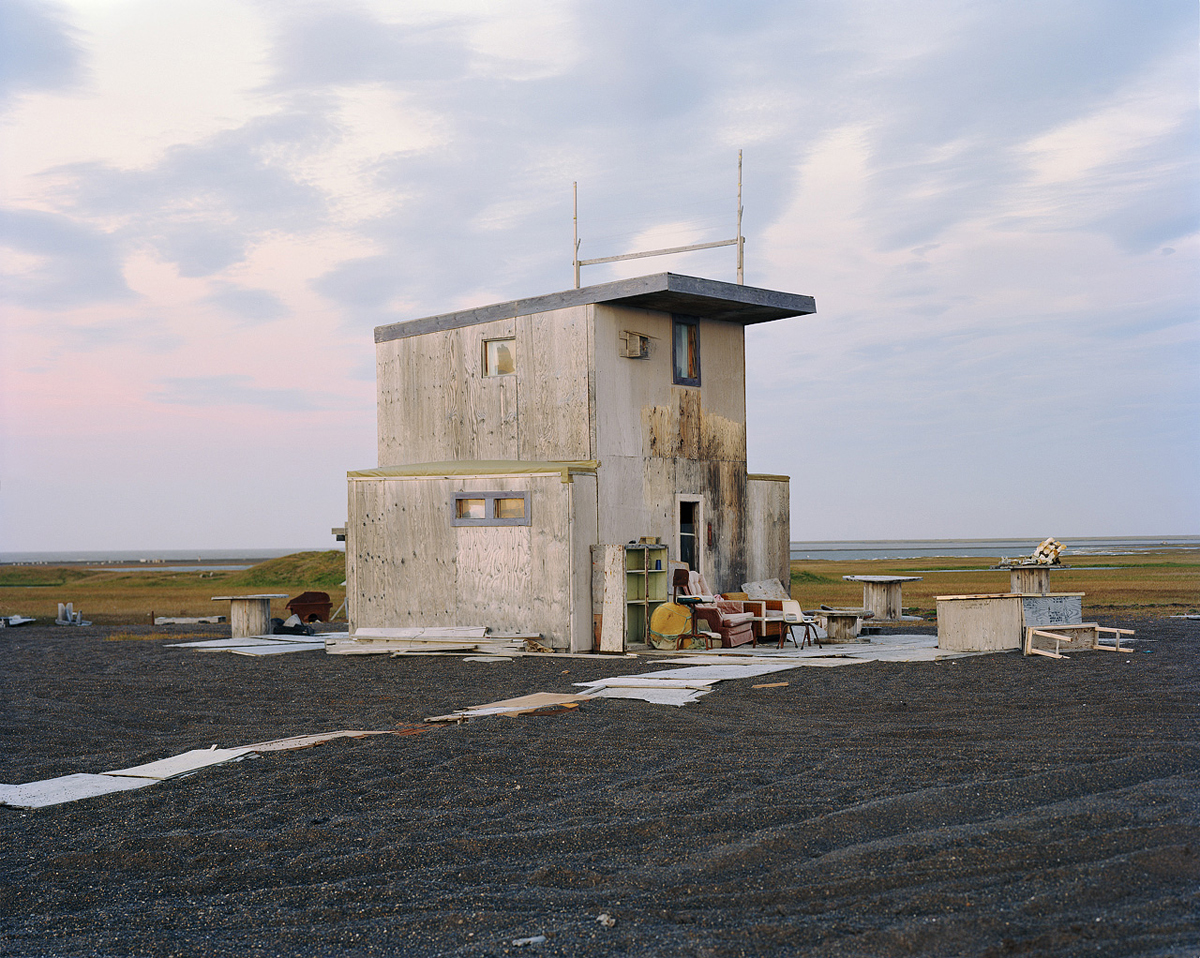
Barrow Cabin 10, Summer 2010
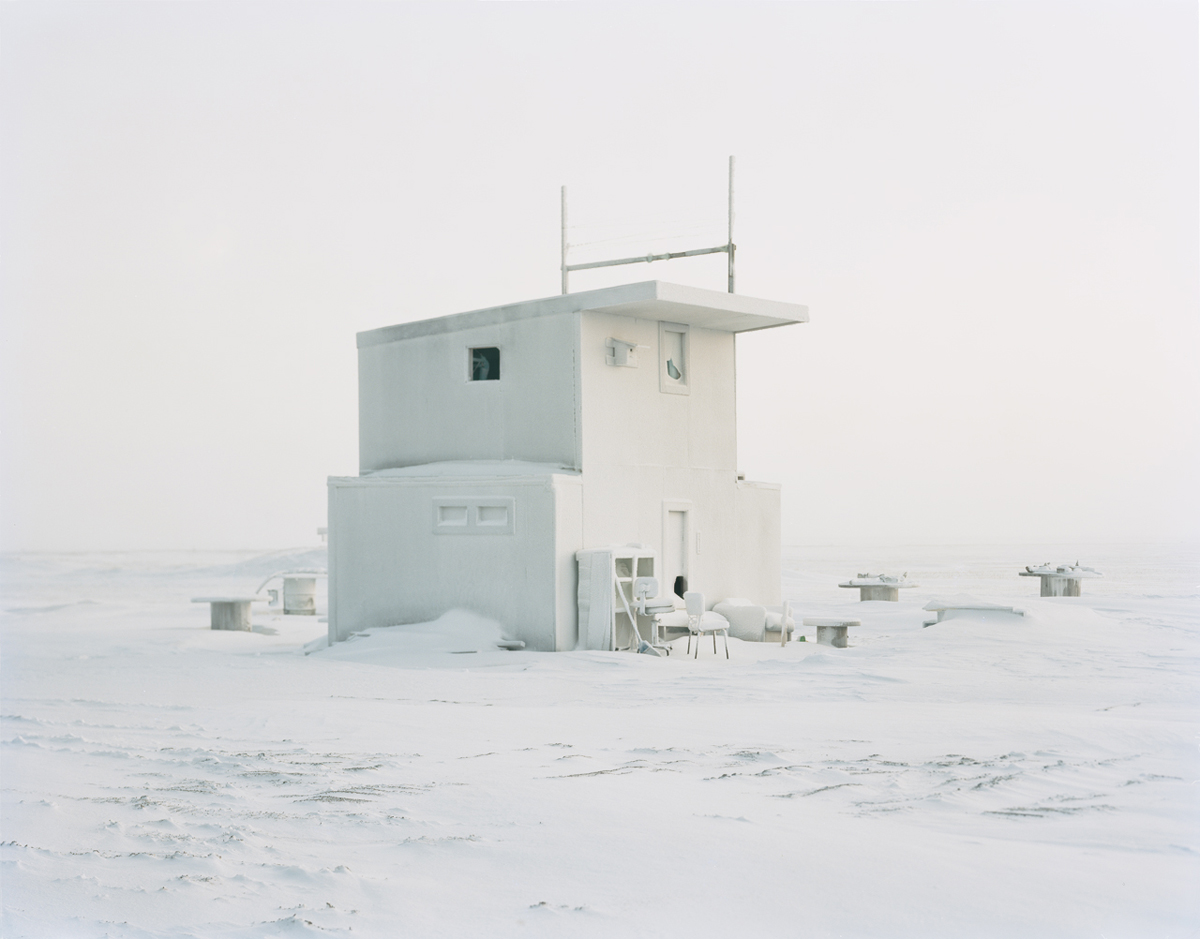
Barrow Cabin 10, Winter 2012
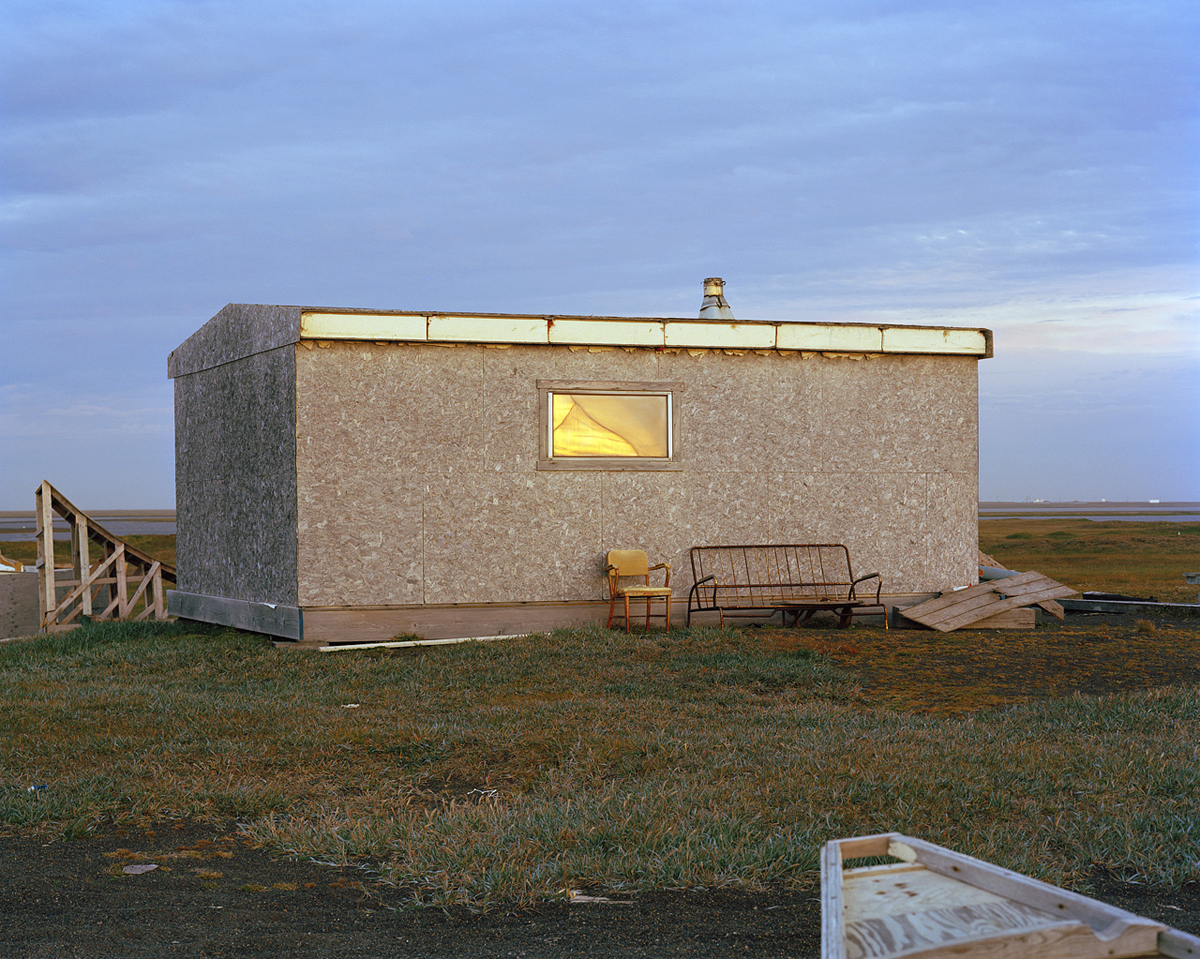
Barrow Cabin 03, Summer 2010
Barrow Cabins
These pictures depict seasonal hunting cabins built by the native Iñupiat inhabitants of Barrow, Alaska, as seen through the extremes of the Arctic summer and winter. The cabins are situated at the Northern most stretch of the United States, along the shores of the Chukchi Sea, part of the larger Arctic Ocean. Iñupiat families travel from Barrow to the cabins to hunt for waterfowl in the summer and seals in the winter.
Barrow Cabins is an extension of my continued interest in cultural and environmental modes of improvisation. Each structure has been fashioned out of whatever makeshift materials are on hand, from weathered plywood to old shipping pallets collected from the nearby-decommissioned Navy Base. Children’s swings are rigged from two by fours and plastic milk boxes, while old school chairs and car seats serve as patio furniture. Scraps of carpet and particleboard become footpaths across the loose ocean gravel and spongy permafrost tundra. I first photographed the cabins in 2010, in the midnight and early morning hours of the Arctic summer when the sun hangs almost perpetually at the horizon. The hunters are gone, their cabins and the hunting grounds empty.
In December 2012, I returned to photograph the cabins during the frigid grip of the Arctic Winter Solstice, when a brief four-hour window of dusk-like light illuminates the otherwise lightless days. The resulting winter images act as a sort of “negative” or luminous erasure of the photographs made during the summer. Seen together, both the summer and winter series are a meditation on the passage of time and seasonal shift along the extreme horizon of the Arctic.
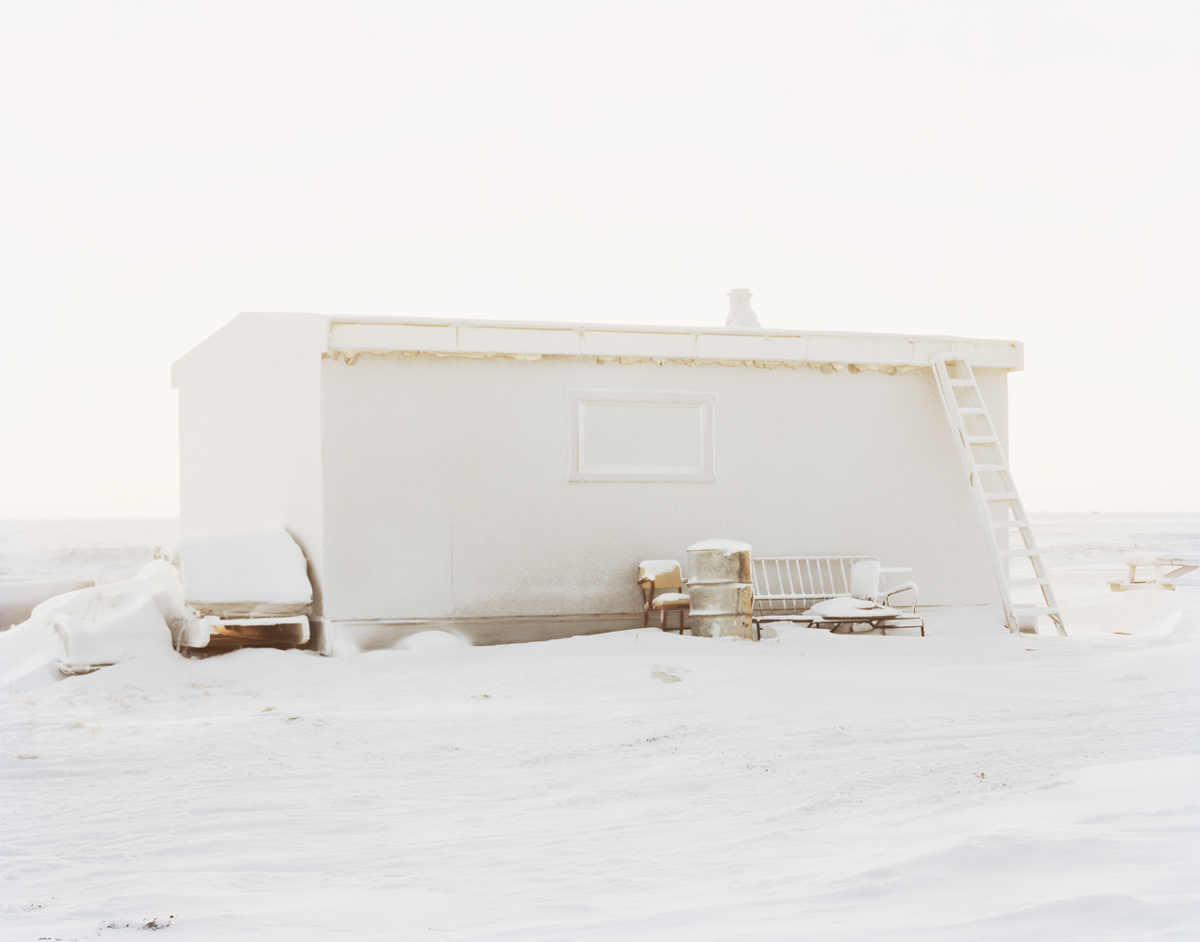
Barrow Cabin 03, Winter 2012

Barrow Cabin 02, Summer 2010
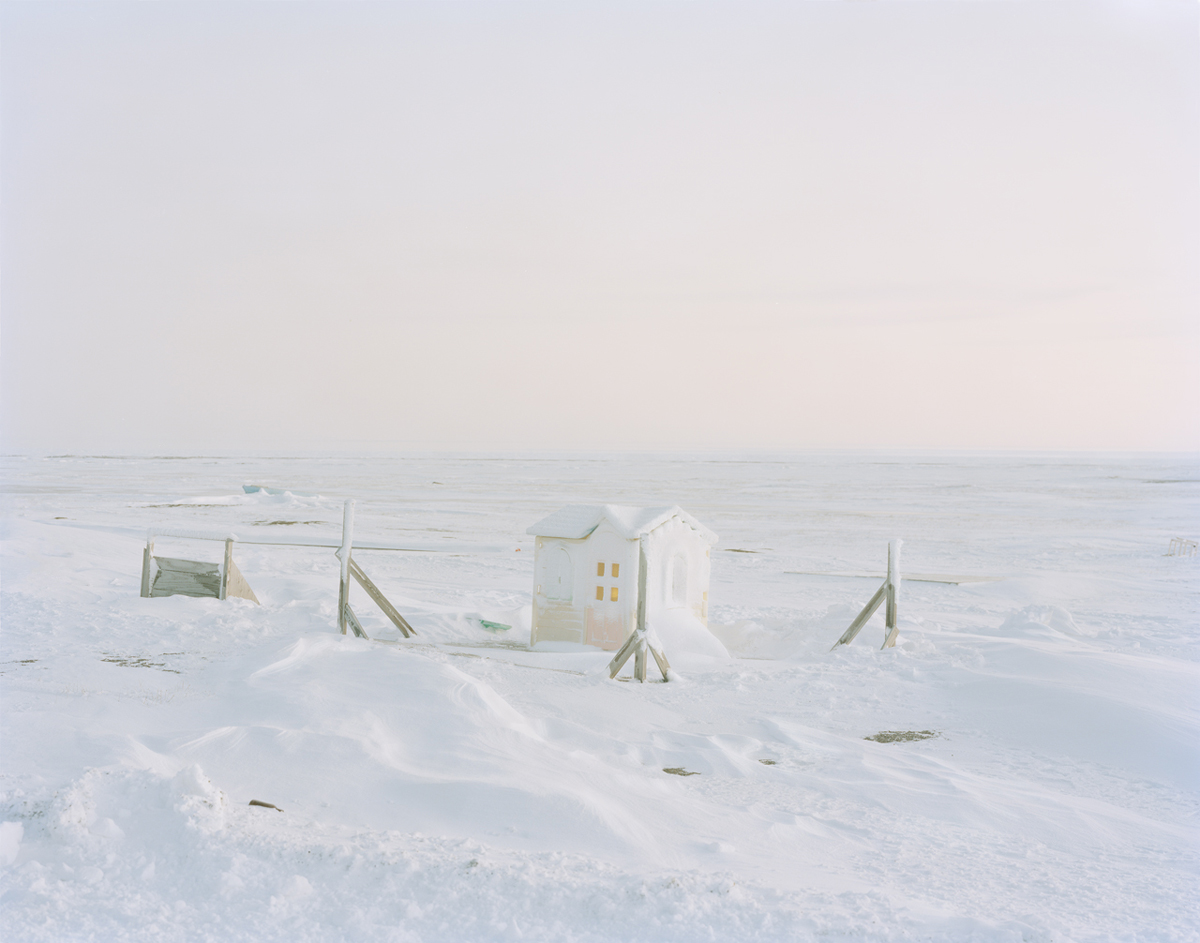
Barrow Cabin 02, Winter 2012
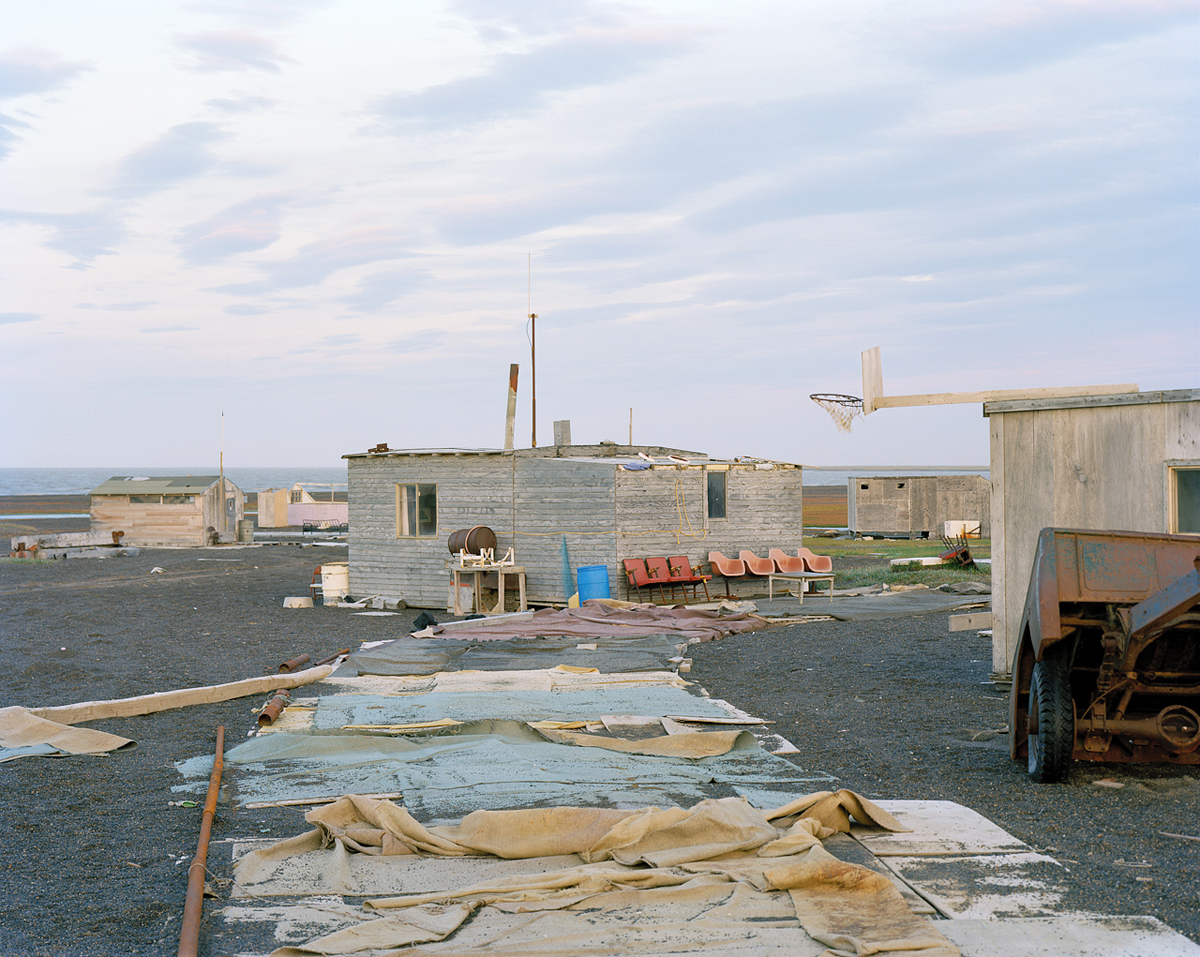
Barrow Cabin 01, Summer 2010
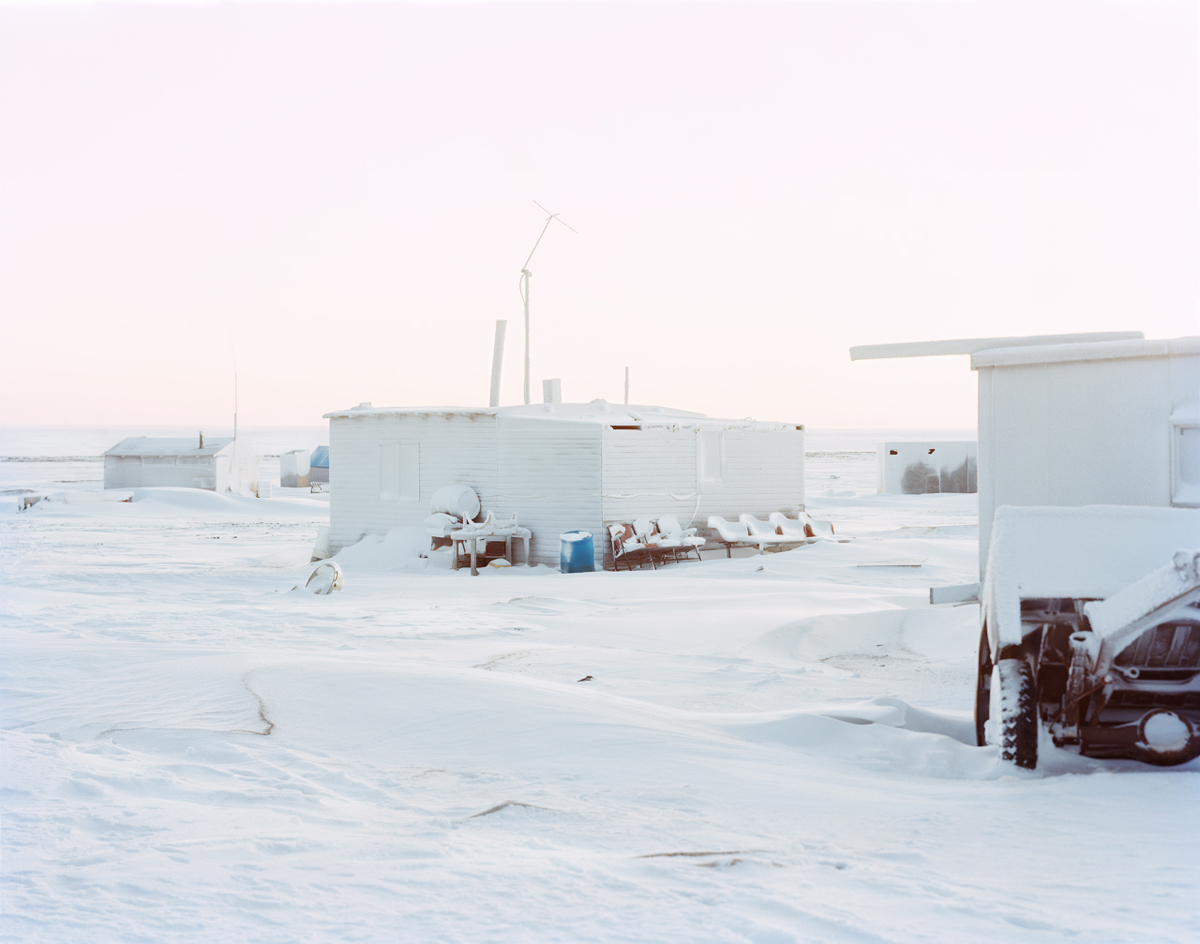
Barrow Cabin 01, Winter 2012

Barrow Cabin 07, Summer 2010
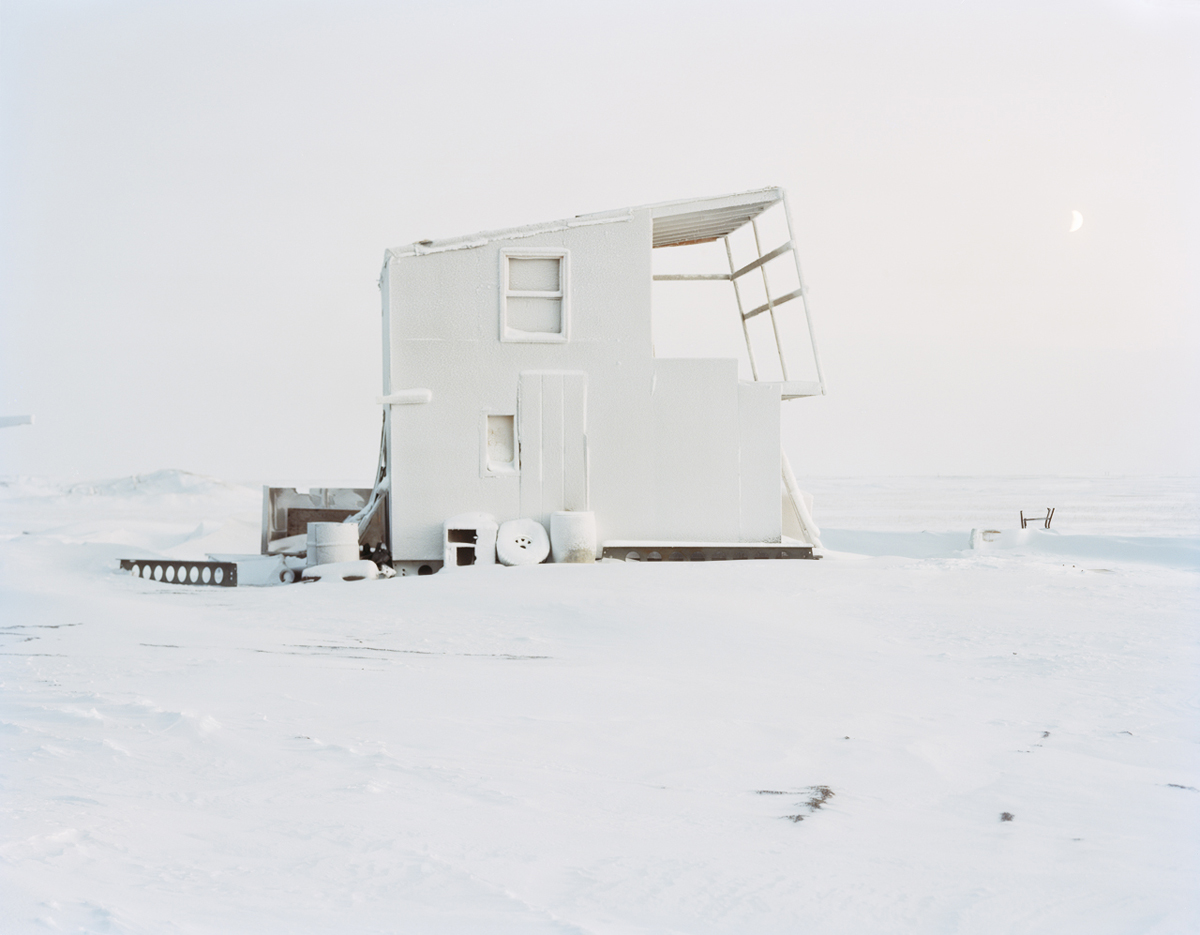
Barrow Cabin 07, Winter 2012

Barrow Cabin 06, Summer 2010
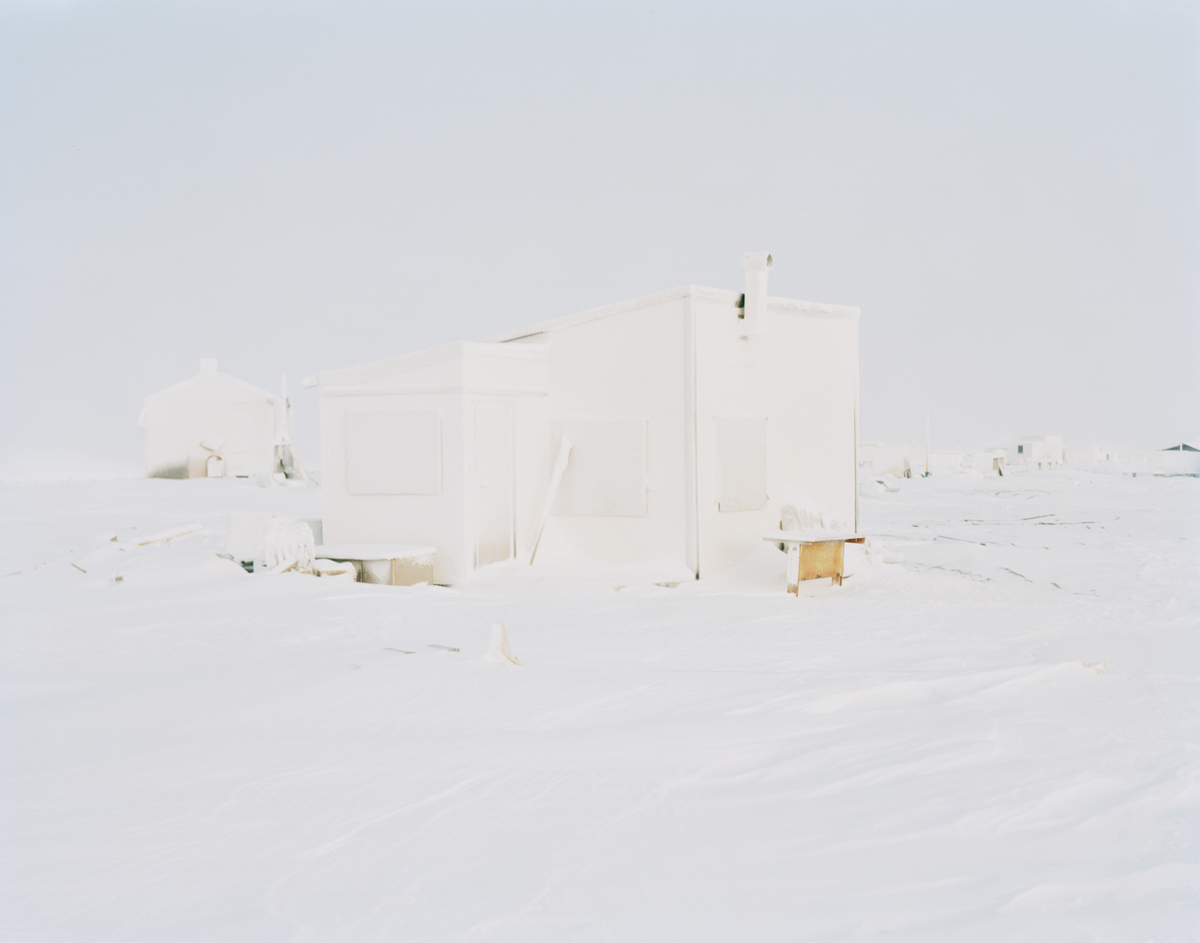
Barrow Cabin 06, Winter 2012
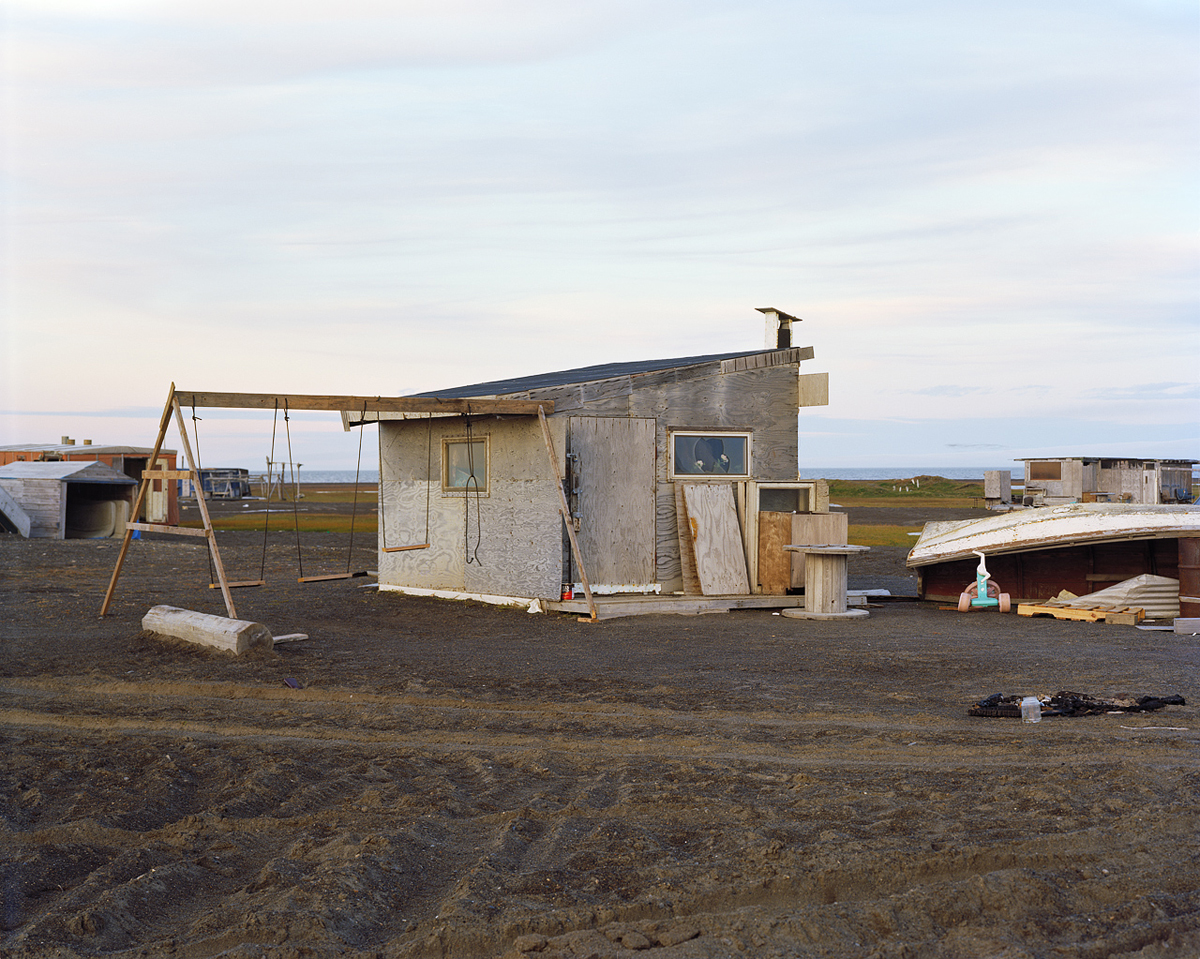
Barrow Cabin 05, Summer 2010
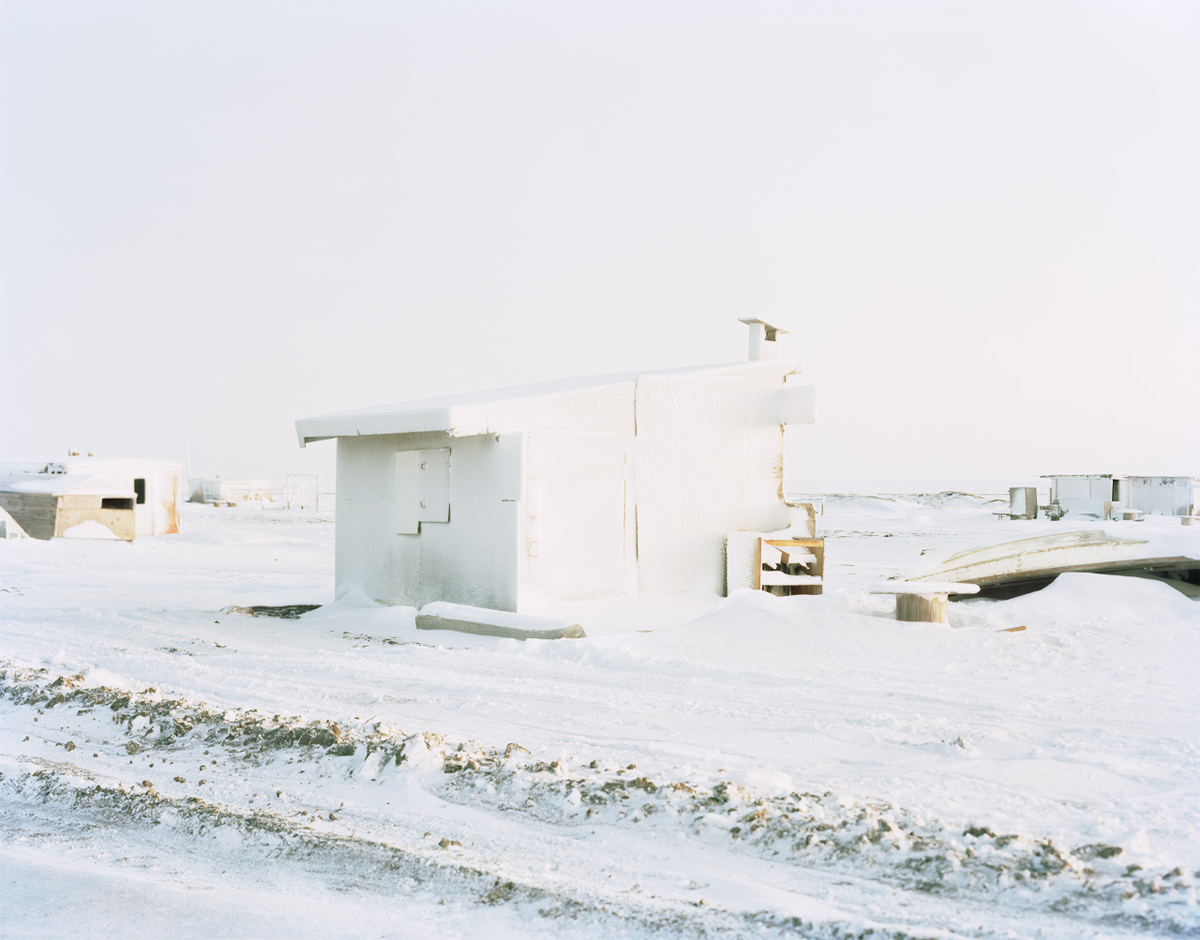
Barrow Cabin 05, Winter 2012
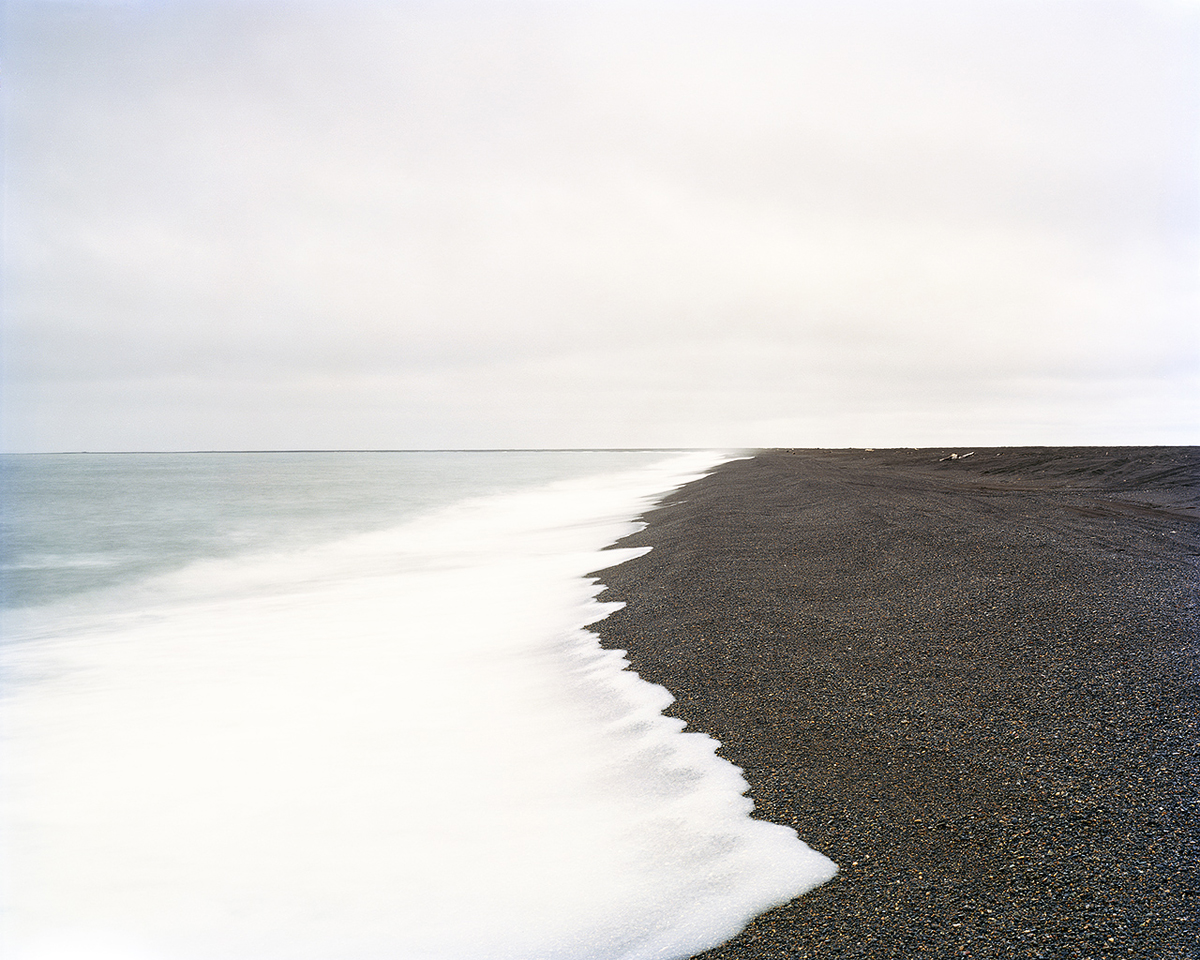
The Arctic Ocean, Summer 2010
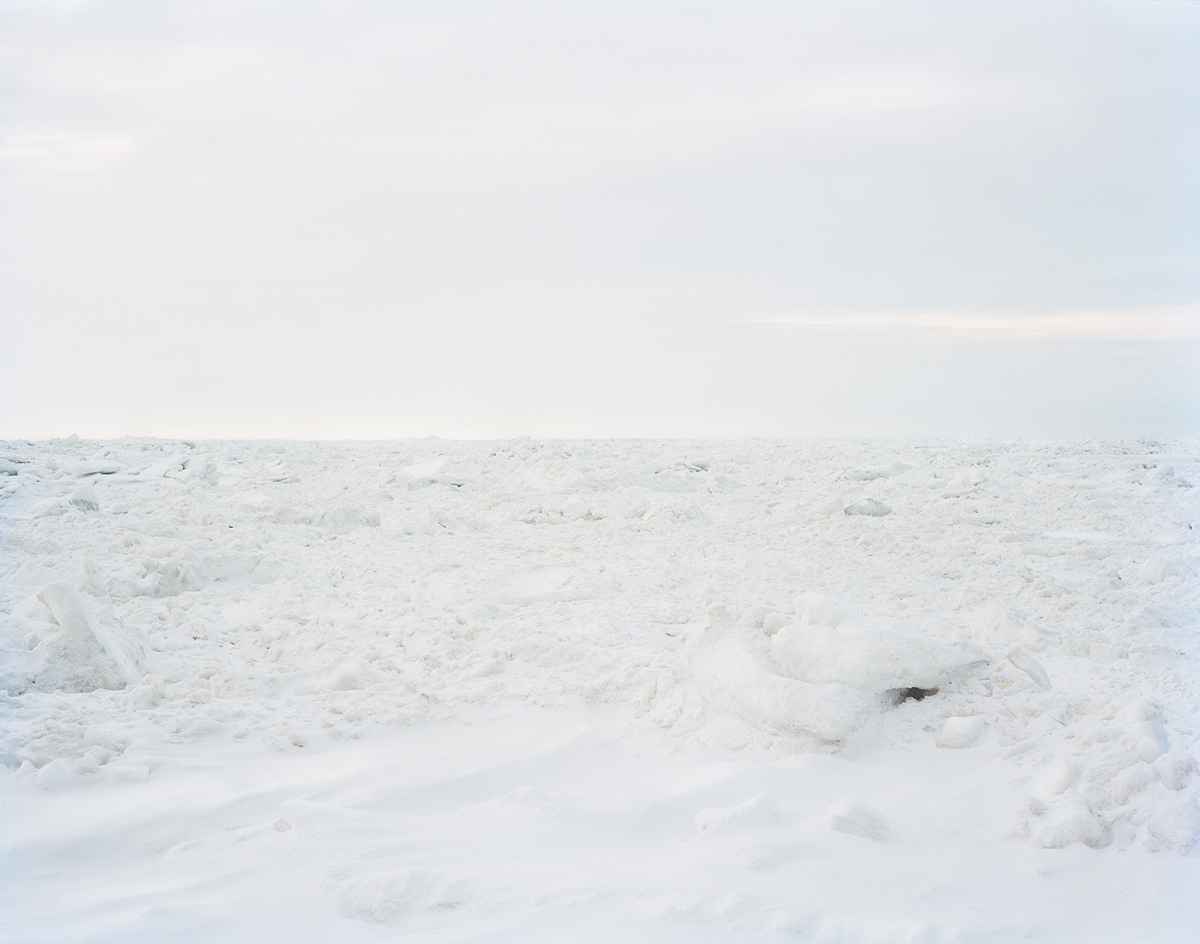
The Arctic Ocean, Winter 2012
Johnson’s work is in the permanent collections of institutions including the San Francisco Museum of Modern Art, the George Eastman House, Rochester, NY, the Seattle Art Museum, the Museum of Fine Arts, Houston, TX, and the Nevada Museum of Art. His second monograph “Sawdust Mountain” was published by Aperture in 2009. A large exhibition of that work was presented at both the Henry Art Gallery, Seattle, WA and at the Aperture Foundation and is currently traveling nationally. His first monograph “Borderlands” was published by Twin Palms Press in 2005 and was the subject of a large solo exhibition at the Museum of Contemporary Photography in Chicago. His work is represented by the Rena Bransten Gallery in San Francisco and the G. Gibson Gallery in Seattle.
To view more of Eirik’s works please visit his website.